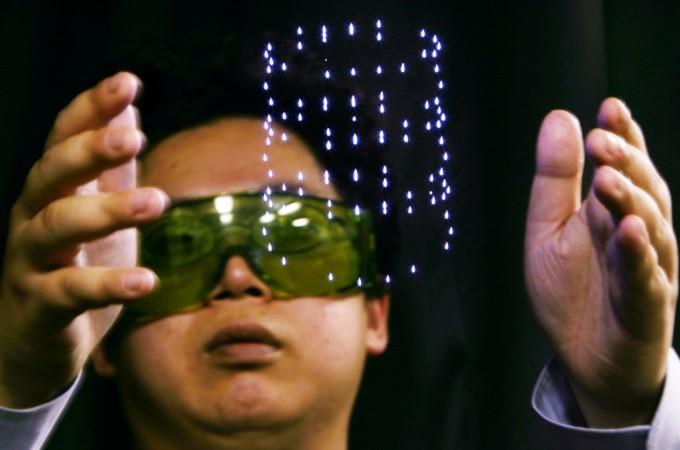Japan's National Institute of Advanced Industrial Science and Technology has developed a system that will turn the concept of communicating by merely thinking, into reality.

AIST has come up with a compact device that promises to accurately express an individual's intentions and is reportedly capable of decoding the thoughts in a person's head. Previously, AIST has developed groundbreaking technology such as "real 3D images" - consisting of dot arrays in space where there is nothing but air.
Aptly named "neurocommunicator", the device would be highly beneficial for people who have been incapacitated by strokes, spinal cord injuries, brain damages, ALS, etc. Although there are a few Brain-Machine Interface (BMI) devices that help such patients with communication, their massive size and other characteristics make them impractical.
The new device, promises AIST in "Communication Aid by Brain Waves: the Neurocommunicator", is superior to all other BMIs in the sense that they are smaller in size, non-invasive, faster and has a 90% accuracy rate.
Ryohei Hasegawa, head of AIST's Neurotechnology Group of Human Technology Research, explains he wanted to make the daily lives of patients in the "totally locked-in state " better, by developing devices that are convenient for them to use.
"Neurocommunicator", which comprises of a headgear equipped with amplifiers and a compact brain-wave gauge capable of monitoring the most minute movements, further requires an interface geared toward nonscientists."Right now, an experienced person is monitoring the brain waves. But there are situations where an elderly person is taking care of another elderly person, so we need to make it easy to use even for seniors who have never touched a computer before," Hasegawa noted.
Moreover, its full potential can only be tapped, if private firms come forward to market this technology. Because AIST is semi-public, its products or technology cannot be sold in the market.
Although challenges remain in spreading brain wave communications, neurocommunicator is capable of understanding changes in brain waves and thereby, detecting early signs of dementia.









